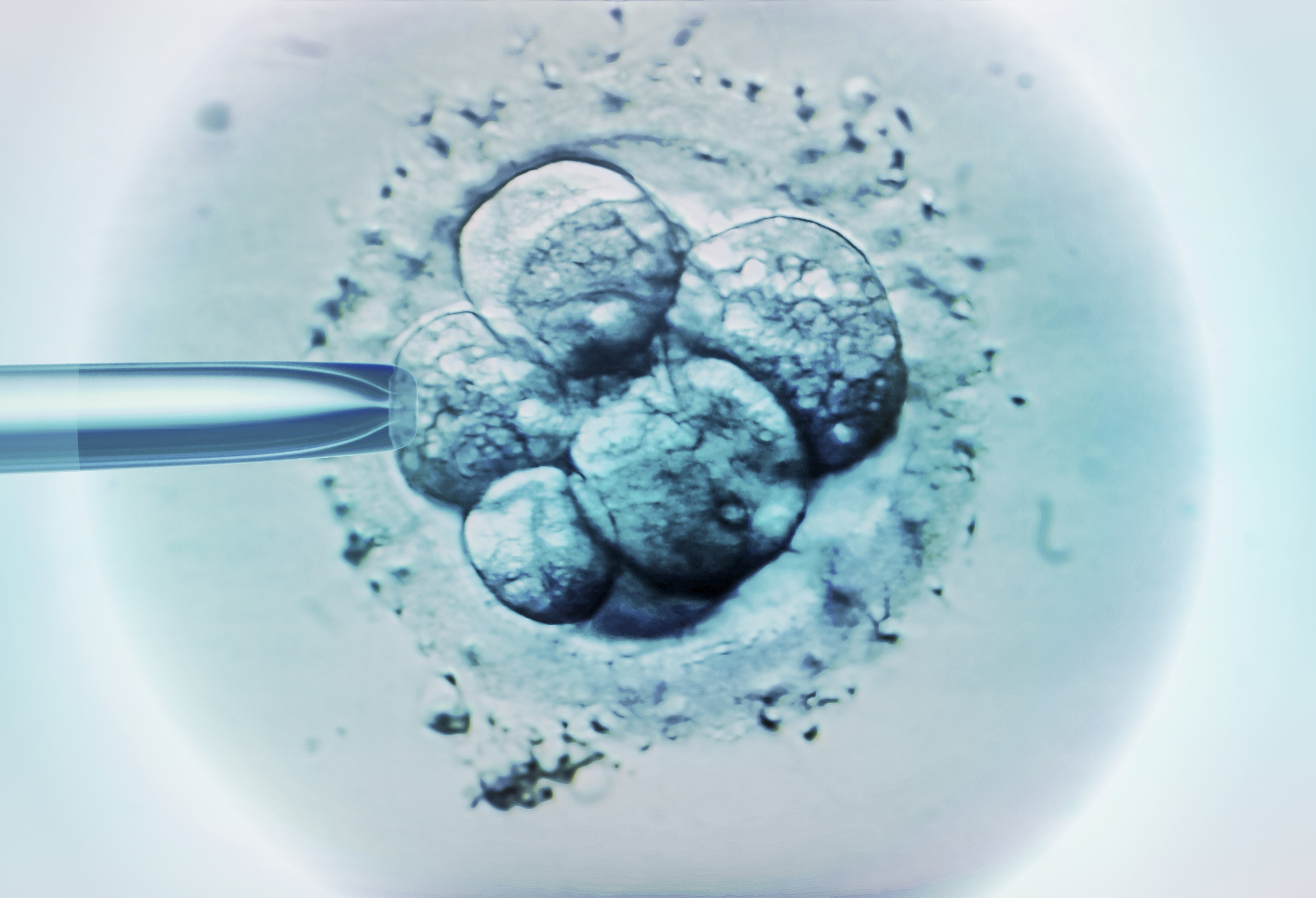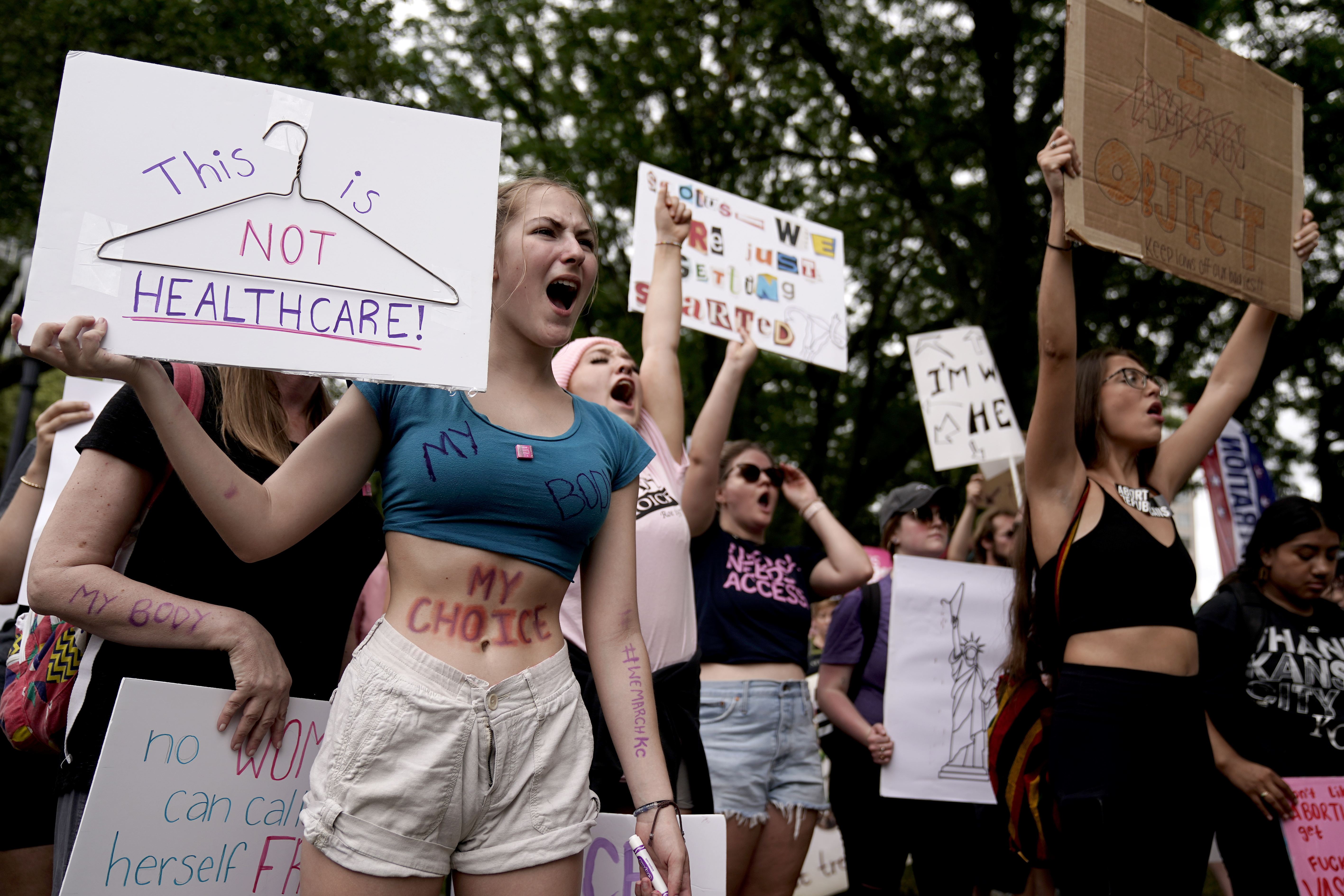The Alabama Supreme Court recently ruled that frozen embryos can be considered children under state law, raising concerns about how the decision could affect in vitro fertilization, commonly known as IVF.
The decision issued in wrongful death cases brought by couples who had frozen embryos destroyed in an accident could potentially leave clinics vulnerable to lawsuits and restrict access to treatment.
On Wednesday, the University of Alabama Birmingham hospital paused IVF treatments while it considers the ruling's significance. On Thursday, a second IVF provider in Alabama said it is pausing parts of its program.
Alabama Fertility Services said in a statement that has “made the impossibly difficult decision to hold new IVF treatments due to the legal risk to our clinic and our embryologists.”
We've got the news you need to know to start your day. Sign up for the First & 4Most morning newsletter — delivered to your inbox daily. Sign up here.
Here's what to know about this increasingly common fertility treatment.
What is IVF?
In vitro fertilization offers a possible solution when a woman has trouble getting pregnant. It involves retrieving her eggs and combining them in a lab dish with a man's sperm to create a fertilized embryo, which is then transferred into the woman’s uterus in an attempt to create a pregnancy.
IVF is done in cycles and may take more than one to create a successful pregnancy, according to The American College of Obstetricians and Gynecologists. The procedure can use a couple’s eggs and sperm or those from a donor.
How are embryos made?
The treatment often uses hormones to trigger ovulation so multiple eggs are produced and a needle is used to remove them from the ovaries, the American College of Obstetricians and Gynecologists said.
Eggs can be fertilized by adding the sperm to the eggs in a lab, or a single sperm can be injected into each egg.
“We culture that fertilized egg over a period of time — usually five to six days —- to create developmental stages called the blastocyst. And those are either transferred or stored for future use," said Dr. Jason Griffith, a reproductive endocrinologist in Houston.
A blastocyst is the early stage of an embryo, which is defined as the state of development that starts at fertilization and lasts up to eight weeks.
Griffith said that on Day 3 after fertilization, an embryo is anywhere from six to 10 cells. By Day 6, it's between 100 and 300 cells.
“So you’re talking about something that’s still microscopic,” he said, adding that a person contains more than a trillion cells.
How are embryos frozen and stored?
The freezing process involves replacing the water in embryo cells with a protectant fluid and flash freezing with liquid nitrogen, according to Johns Hopkins Medicine. Frozen embryos can be used for future pregnancies, and the vast majority survive the thawing process.
Frozen embryos are stored in tanks containing liquid nitrogen at hospital labs or reproductive medicine centers. Griffith said they can also be kept in storage facilities that health care facilities contract with, especially when they are stored for many years.
Griffith said conditions are monitored in these facilities and there are physical security mechanisms to safeguard the tanks and backup generators in case of power outages.
Frozen embryos can be safely preserved for a decade or more.
Dr. John Storment, a reproductive endocrinologist in Lafayette, Louisiana, said his state has a unique law that prohibits doctors from discarding any viable embryos that are still dividing — meaning they must be preserved and stored. So he and other doctors ship embryos out of state to a secure storage facility once a patient has finished using them for a particular IVF cycle.
“Whenever they’re ready for embryos again, they can just ship them back here,” he said. “But we don’t keep them stored here.”
In other states, he said, patients can choose to use them, discard them or donate them to other couples or for research.
Related:
How could the Alabama ruling affect IVF?
The U.S. Supreme Court's decision to overturn Roe v. Wade in 2022 sparked speculation about how the ruling could lead to problems with fertility care, said Greer Donley, an associate professor at the University of Pittsburgh School of Law.
“This is one of the first places that is proving that," she said.
Donley expects that IVF will remain available in Alabama but embryos will not be stored there. And moving them to other states for storage will increase the cost, logistical challenges and risk associated with the procedures.
“This opens up the possibility of using the child welfare laws more holistically for criminalizing doing anything that could harm the embryo,” Donley said.
Donley said that push could continue: “The future the anti-abortion movement wants to see is one in which fetuses have federal constitutional protections from the moment of conception.”
Since 2022, four states have amended their constitutions to protect access to abortion, and several others are considering ballot measures for this year. In many, the language goes beyond allowing abortion to give people rights to reproductive freedom more broadly, which could ensure access to IVF.
What are doctors' concerns?
Doctors outside of Alabama are worried about the possible national implications of the recent court decision.
It could “substantially restrict access to a very vital fertility treatment that has helped countless folks today expand their families,” Griffith said. “When you look at the percentage of pregnancies in the United States that result from in vitro fertilization, it’s around 2%.”
It could also increase the cost of IVF for many families — although it's unclear by how much — because of things like additional storage fees and liability costs, he said. One cycle of IVF, including all embryos transferred, now costs about $15,000 to $25,000, Griffith said.
Another possible ramification is that there will be fewer IVF providers, he said.
“We’ve got to safeguard access to this very valuable treatment,” Griffith said.
Storment agreed that the Alabama decision could have a ripple effect across the entire country.
“It’s one of the bigger things to happen in reproductive law in the last decade,” he said.
Ungar reported from Louisville, Kentucky. Reporter Geoff Mulvihill contributed to this report from Cherry Hill, New Jersey.



